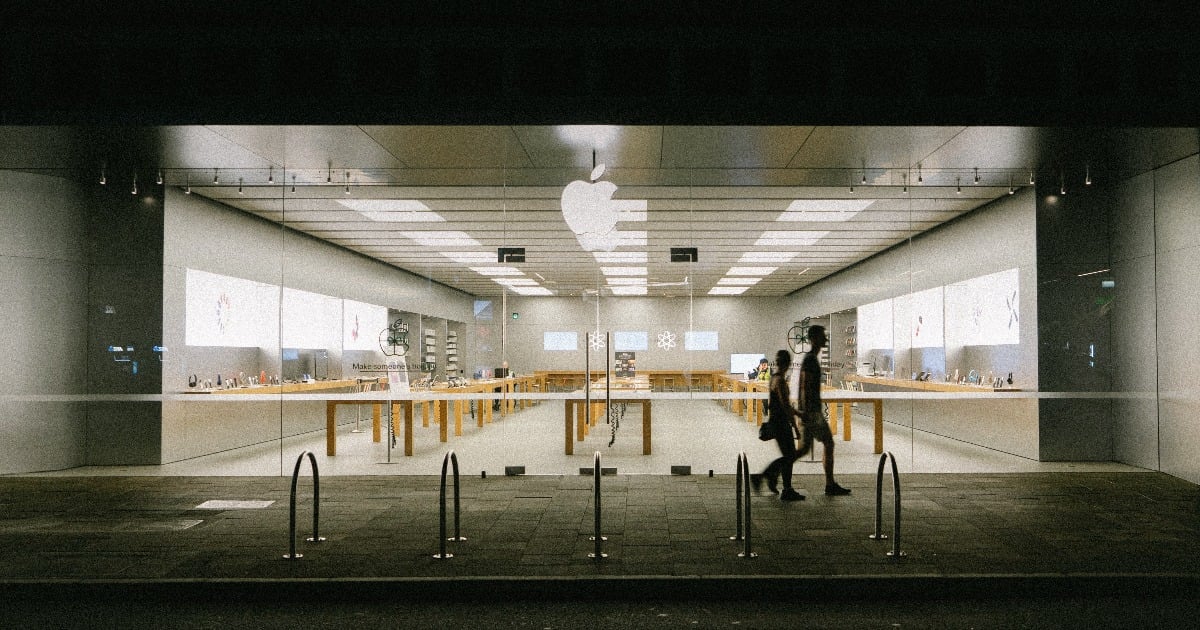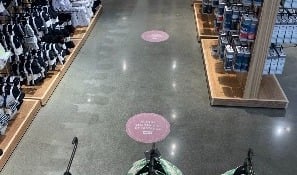Will 2017 be the year the internet of things began to revive the fortunes of bricks-and-mortar?
That may be asking a lot of little RFID sensors, connected tags, beacon devices and other IoT solutions, yet it's clear that retailers can't continue with a business-as-usual attitude as consumers increasingly expect a brick-and-mortar experience that mimics the best aspects of online shopping.
The good news? Many retailers are ready to utilize IoT as a differentiator: the IoT retail market is poised to reach $35.64 billion by 2020 and about 70% of retail decision makers want to adopt IoT to increase levels of personalization and customization in store.
One area where IoT seems most promising is inventory management. As retailers begin to rethink their fulfillment models and aim to amp-up customer experience, IoT is poised to become an important retail resource.
IoT’s Inventory Advantage
A key to providing customers with a better omnichannel experience is to ensure that the inventory they want is in stock at a store they visit—or can be easily and quickly tracked down and delivered to them.
Maintaining up-to-date inventory awareness has traditionally been a major challenge for retailers, according to Tom Moore, North American retail and hospitality industry lead with Illinois-based Zebra Technologies.
“Inventory accuracy runs around 50% to 60% for many retailers right now, and that's just not good enough," Moore says. “New fulfillment models have put a lot of stress on the supply chain. Inventory visibility is the biggest problem to solve."
Denim company G-Star Raw has been applying IoT—by way of RFID sensors—to its products so that both customers and sales associates can have better visibility into what’s available in-store at any given time.
“We now literally have a system where a customer can come in, pick up an item, if they don’t see their size they can ask the salesperson if we have it and the salesperson can now pick up his cellphone, put it next to the item and pop up on his phone exactly what it is, how many we have in stock and where they are in the store,” Craig Leonard, owner of seven G-Star Raw franchises, shared at last year’s NRF conference. “It makes the customer experience a better one because they don’t have to wait around for salespeople. It’s hard to put a value on that.”
If retailers can get inventory management right by teaming IoT with sales associates, they stand to play an important role in the future of the retail landscape as the fulfillment model continues to evolve. Stores, for example, could become more like fulfillment centers, a model that some retailers like Target have started pursuing.
Moore adds that IoT services can help mitigate lines and create more automated pick up locations throughout the store. “Now, when you go into a store to pick up that click-and-collect order, you go to the customer service desk, and the first thing you do is wait in line, which is not good for the customer experience," Moore says.
Automation doesn’t mean the sales associate becomes obsolete, though. As the G-Star scenario proves (and a recent report from Accenture confirms), IoT functions free associates to spend more time helping consumers directly and personalizing their in-store shopping experience—a win for brand, retailer and consumer.



